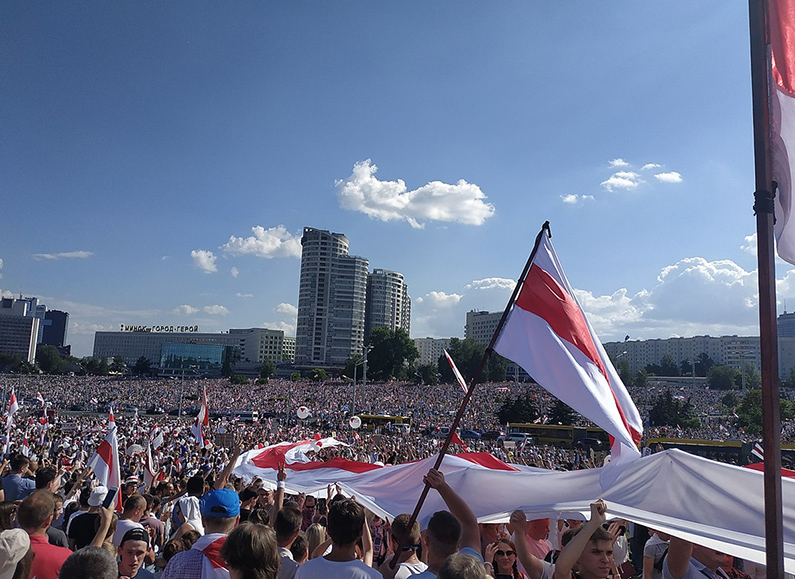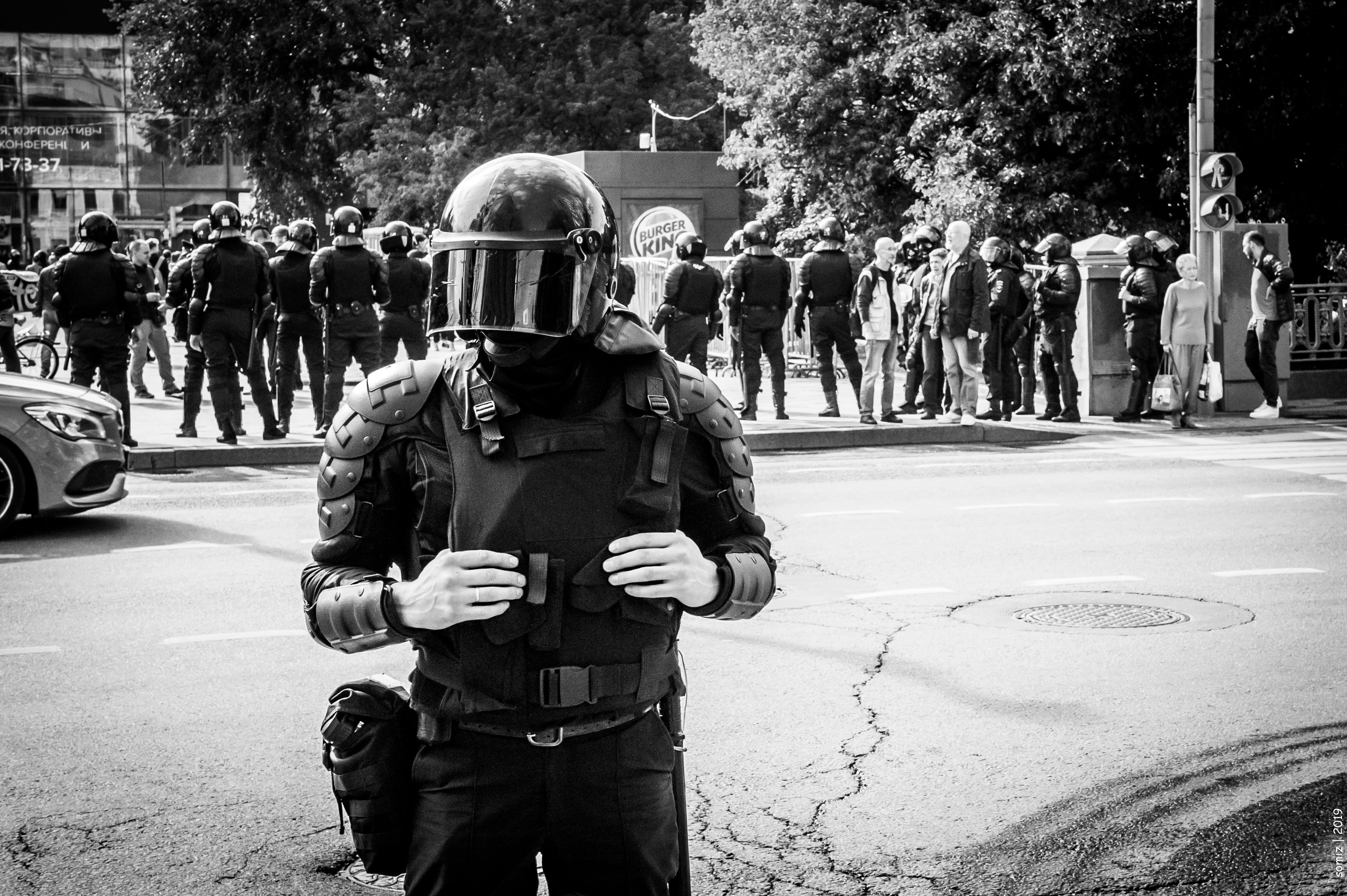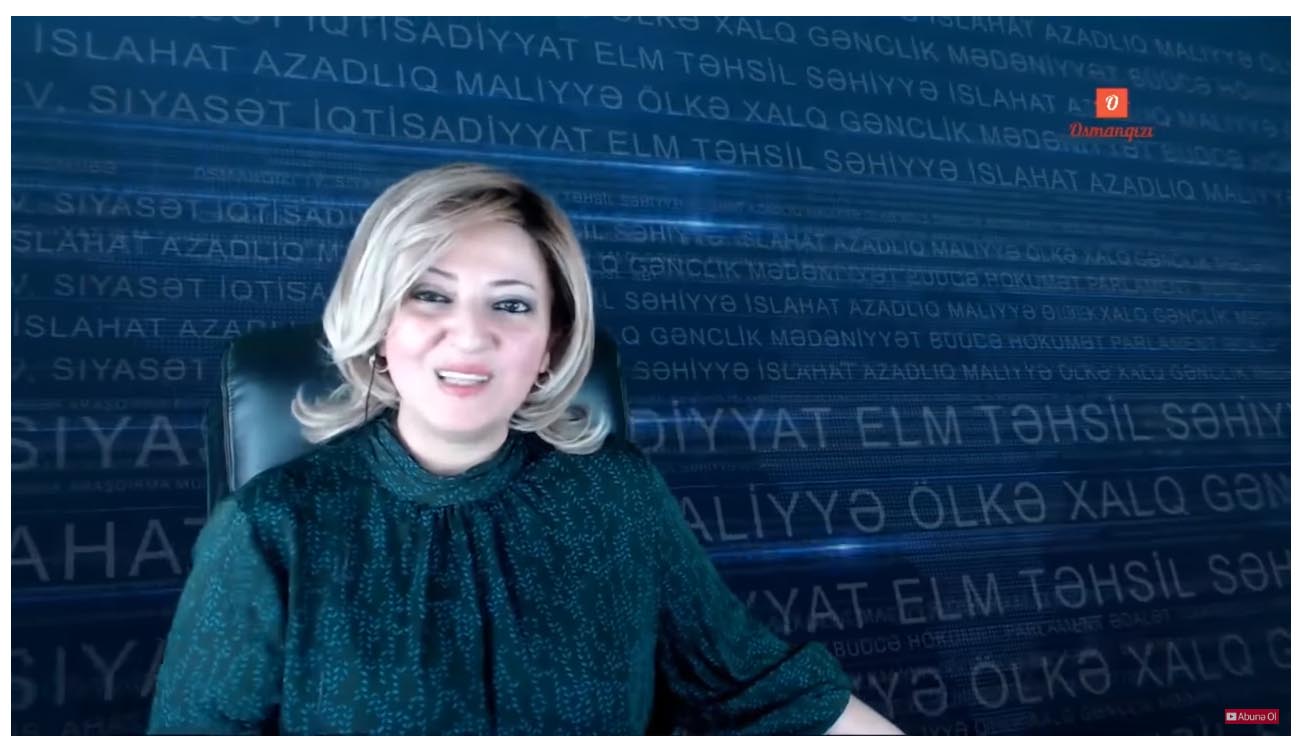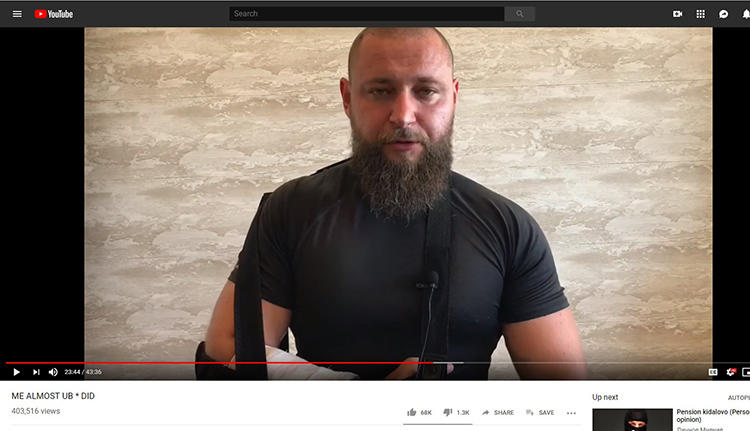[vc_row][vc_column][vc_column_text]
Index on Censorship’s Monitoring and Advocating for Media Freedom project tracks press freedom violations in five countries: Azerbaijan, Belarus, Russia, Turkey and Ukraine. Learn more.
[/vc_column_text][vc_column_text]How does Monitoring and Advocating for Media Freedom work?
The project relies on a network of independent journalists who monitor local news sources, speak to individuals involved in the situations and interface with journalist unions to understand the facts of the situation and help put the press freedom violation in a larger context.
Correspondents, who are each responsible for a particular country, submit narrative summaries of the facts of the situation to a research editor, who works with the correspondent to verify the information. The narrative reports are then published in summary form in periodic roundups of developments. Once monthly, a themed article is published highlighting a particular aspect of press freedom drawing on the submitted narratives. Periodically reports summarising the issues for a particular country are published to highlight the situation for journalists on the ground.
Who is a journalist?
Monitoring and Advocating for Media Freedom defines a journalist a person who gathers, assesses, verifies, organises, and presents news and information, via print, digital or broadcast media; who holds government, business, and other institutions and authorities accountable; who provides citizens with the information they need to make the best possible decisions about their lives, their communities, their societies, and their governments; and who puts the public good above all else, without regard for the political viewpoint of the outlet.
What is a press freedom violation?
Monitoring and Advocating for Media Freedom defines a “press freedom violation” against a set of categories to help understand the incident and place it in a larger analytical framework.
For example, a journalist barred from reporting in a country’s parliament; a reporter injured by police or demonstrators at the site of a protest, despite presenting press credentials and identifying safety gear. An independent journalist refused entry to a press conference because of material they had previously published. Press freedom violations can take many different forms and the above examples are just a small sampling.
How does Monitoring and Advocating for Media Freedom evaluate press freedom violations?
Each narrative report that is sent to Monitoring Media Freedom is run against a set of categories to place it in a larger context and allow for analysis.
- Limitation to Media Freedom
-
- Death/Killing – Media worker killed as a result of their work
- Physical Assault/Injury – Media worker subjected to violence as a result of their work
- Arrest/Detention/Interrogation – Media worker arrested, detained or called in for questioning as a result of their work
- Criminal Charges/Fines/Sentences – Media worker charged in connection with their work
- Intimidation – Media worker (and/or their family/friends) menaced as a result of their work
- Blocked Access – Media worker prevented from covering a story or speaking to a source; media worker prevented from entering a place/institution/country
- Attack to Property – Media worker’s computers, cameras or other tools damaged while on assignment; media worker’s home or vehicle sabotaged as result of their work; media office sabotaged
- Subpoena / Court Order/ Lawsuits – Media worker sued as a result of their work; Media worker ordered to court; This would also include SLAPP suits where a journalist is targeted with legal action. Libel, defamation suits:
- Legal Measures – Legislation or court rulings that directly curtail media freedom
- Online Defamation/Discredit/Harassment/Verbal Abuse – Media worker harassed, bullied, threatened, ridiculed online (via email/social media/website comments/on forums)
- Offline Defamation/Discredit/Harassment/Verbal Abuse – Media worker harassed, bullied, threatened, ridiculed verbally, in a public or private setting
- DDoS/Hacking/Doxing – News site or journalist targeted with or without violation of privacy
- Censorship — Journalist’s material altered, removed or spiked
- Previously published work substantially edited or removed from public access
- Journalist’s work altered beyond normal editing or withheld from publishing
- Commercial interference: Threats by companies to pull adverts over coverage; Pressure from media owners; Bribing journalists, editors or media outlets to publish fake news or favorable coverage about a company
- Soft censorship: indirect government pressure on media groups through advertising decisions and restrictive legislation;
- Self-censorship: Journalist says they have not reported on a subject because of pressure or fear
- Loss of Employment: Journalist fired, suspended, or forced to quit their job because of their reporting
- Other Serious Issues — other cases that don’t fit into existing categories
- Source of Violation
-
- Employer/Publisher/Colleague(s)
- Police/State security
- Private security
- Government/State Agency/Public official(s)/Political party
- Court/Judicial
- Corporation/Company
- Known private individual(s)
- Criminal organisation
- Another media
- Unknown — any other type. If the abusing party is known but there’s also an unknown mastermind, we use two categories – the one that applies to the known party, and Unknown.
[/vc_column_text][vc_basic_grid post_type=”post” max_items=”4″ element_width=”6″ grid_id=”vc_gid:1562066317956-93988c67-cdc0-4″ taxonomies=”35195″][/vc_column][/vc_row]





